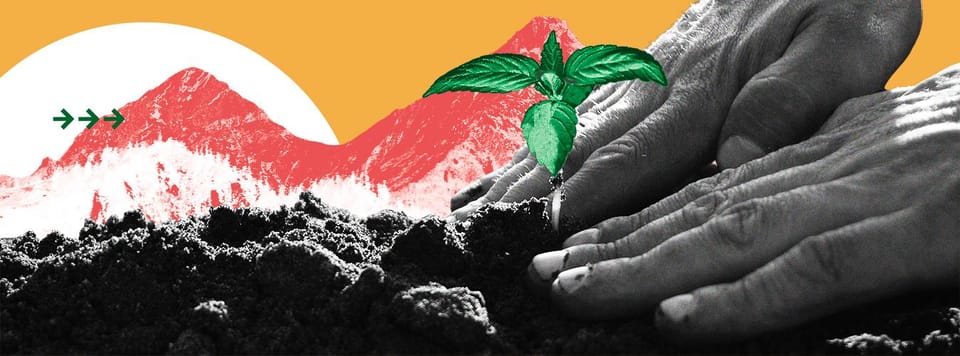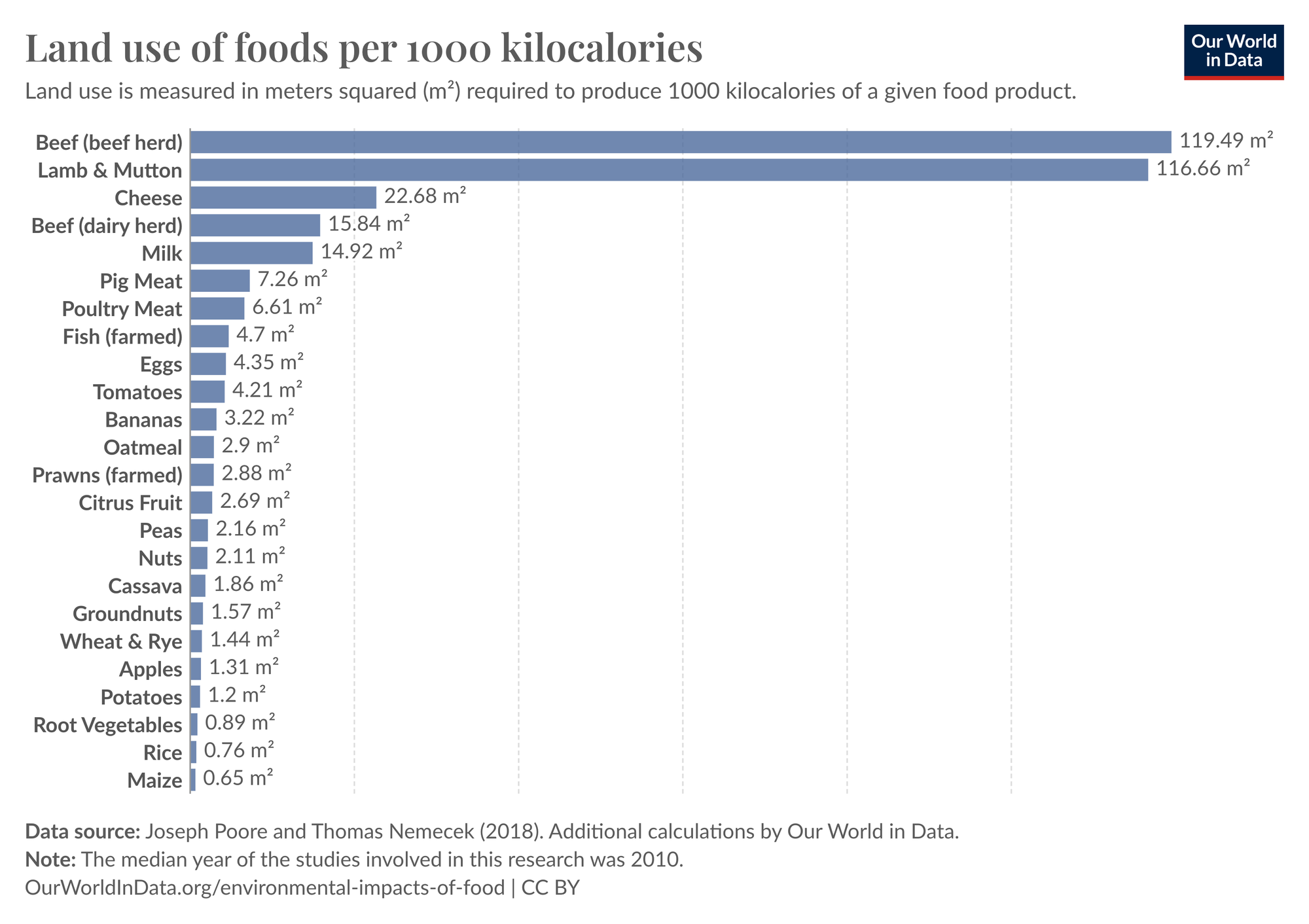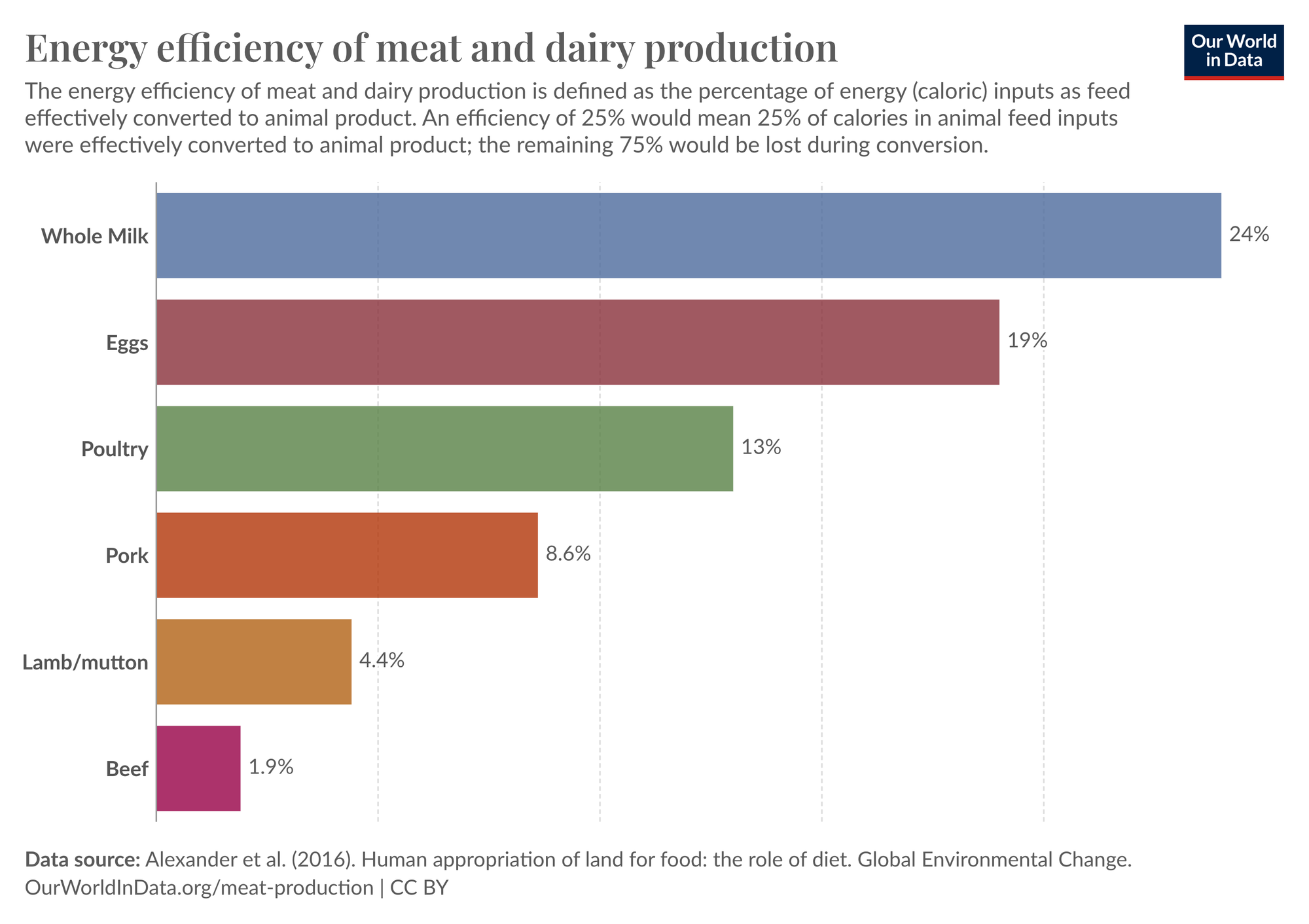What we're missing when it comes to how we use land

Changing patterns of how we use land can have a dramatic impact on our effort to mitigate climate change - but land use is often undercounted, ignored or difficult to measure.
Land can either be protected and restored to retain greenhouse gas (GHG) emissions ("sinks") or can be used in ways that release GHGs through soil erosion and deforestation ("sources").
In a negative feedback loop, climate change makes the situation worse by increasing land degradation because of droughts, desertification and acidification.
The problem with how we produce food
The inefficient way we produce food has the largest impact on global land use.
Around half of the world's land that isn't frozen or desert is used for agriculture, mostly for raising livestock. Agriculture also causes around three-quarters of global deforestation, making it the largest contributor to biodiversity loss.
But only a portion of cereals and oil crops (like soy) feed humans directly. The majority of agricultural output is used to feed animals to produce meat, dairy and eggs, or for biofuels.

The numbers are stunning. Only 48% of the world’s cereals are eaten by humans, with 41% used for animal feed and 11% for biofuels. In the US, only 10% of cereals directly feed humans. Only 7% of soy globally goes towards feeding humans directly with foods such as tofu. The vast majority is used for animal feed and soybean oil.
An inefficient source of calories and protein.
Part of the challenge is that its incredibly inefficient to raise and feed animals in order to consume animal products in the form of meat, dairy and eggs.
Beef production is the worst offender, with an energy efficiency of about 2%. In other words, only 2% of every calorie fed to a cow is converted to calories that can be consumed as beef. The numbers are similar if you look at protein, rather than calories.

Time for change
It's clear that the growth in animal agriculture is a leading cause of land degradation, deforestation and GHG emissions. This will only be exacerbated by population growth and rising income levels over the coming decades.
This is before you factor in all of the problems associated with biodiversity loss, animal suffering, water contamination and non-communicable diseases. The case for dramatic change to our global food system is clear.